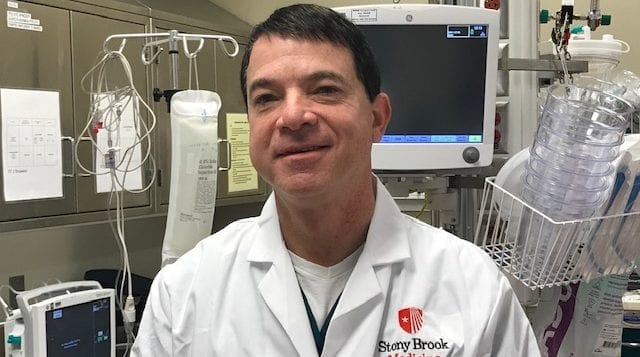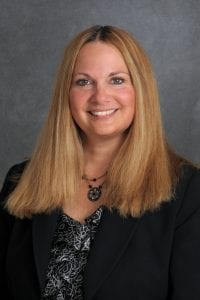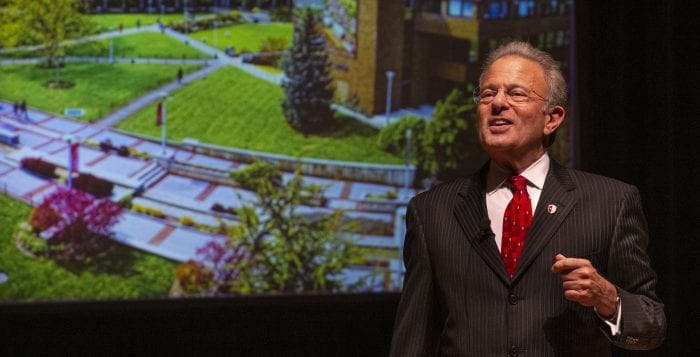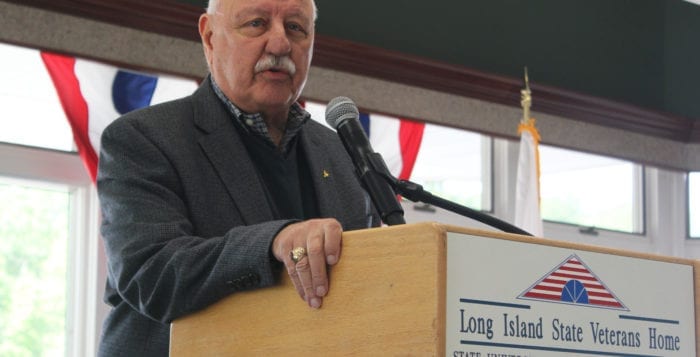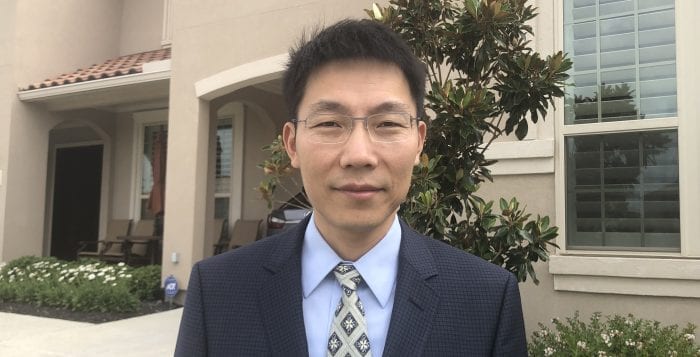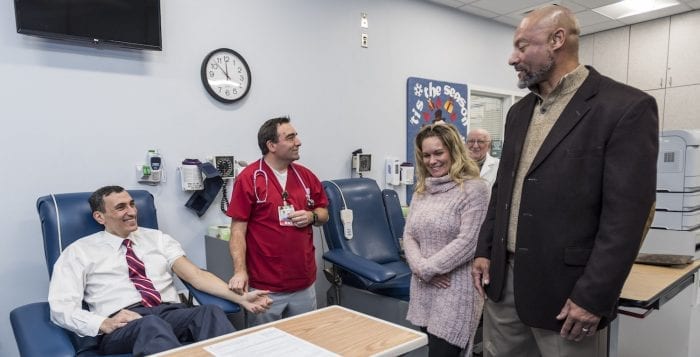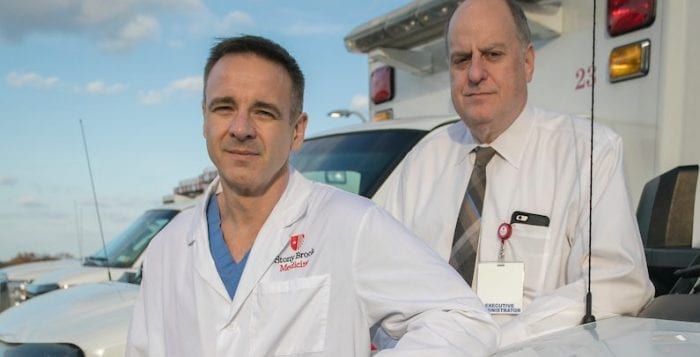By Daniel Dunaief
A patient comes rushing into the emergency room at a hospital. He has numerous symptoms and, perhaps, preexisting conditions, that the staff gather together as they try to stabilize him and set him back on the path toward a healthy life.
Emergency room protocols typically involve testing for the function of major organs like the heart, even as a patient with diabetes would also likely need a blood sugar test as well.
For a specific subset of patients, hyperkalemia, in which a patient has potentially dangerously elevated levels of the element potassium, may also merit additional testing and treatment.
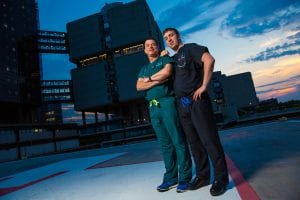
In a recent study in the American Journal of Emergency Medicine, Adam Singer, a professor and vice chair for research at the Department of Emergency Medicine at the Renaissance School of Medicine at Stony Brook University, found that mortality rates were cut in half when doctors corrected for high levels of potassium.
“This study was focused on what we could do” to help patients with hyperkalemia, Singer said. “We always knew that rapid normalization was important, but we did not have the evidence except for anecdotal cases.”
Examining about 115,000 hospital visits to the Stony Brook Emergency Department between 2016 and 2017, Singer and his colleagues found that the mortality rate fell to 6.3 percent from 12.7 percent for patients whose potassium level was normalized.
Singer is “tackling a topic which is very important, which is life threatening and for which there is no clear standard,” said Peter Viccellio, a professor and vice chairman in the Department of Emergency Medicine at the Renaissance School of Medicine at SBU.
Viccellio said Stony Brook has become “more conservative over the last couple of years in treating patients with lower levels” of potassium.
One of the challenges with hyperkalemia is that it doesn’t usually come with any tell-tale symptoms. Emergency room doctors can’t determine an elevated level of potassium by looking at a patient or by hearing a list of symptoms.
Sometimes, people with hyperkalemia show weakness, nausea or vomiting, but those three conditions are also present in numerous other medical challenges.
Singer said not all the patients died directly from hyperkalemia. Most people with hyperkalemia have significant co-morbidities that put them at risk from other causes. Nonetheless, the higher level of mortality for patients above a threshold for potassium suggests that evaluating patients not only should include an awareness of the amount of this element in the blood, but also a clear set of guidelines for how to reduce it.
“This strengthens the need to call for more evidence-based studies to figure out the best and most effective therapies,” Singer said. “The higher the level of potassium, the greater the urgency for rapid correction,” he added.
Some hospitals may be using point-of-care tests and newer medications, especially new potassium binders. These treatments, however, have not been studied in large numbers yet.
As the population ages, more chronic disease patients take medicines that affect potassium levels. This, in turn, increases the risk of hyperkalemia, in part because chronic conditions like diabetes are so common. This risk extends to people who are obese and are developing diabetes.
On the positive side, Singer said some hospitals are using rapid point-of-care testing and, when they discover evidence of higher potassium, are using a new class of medications that treats the condition.
While the urgency for emergency room attendants is high enough to add potassium tests, especially for vulnerable patients, Singer does not believe that first responders necessarily need to add these tests to their evaluations on the way to the hospital. Such testing might be more urgent in rural areas, where transportation to a medical facility would take more time.
“Generally, such testing is not going to make a big difference” because patients will arrive at the hospital or medical facility before hyperkalemia becomes a contributing factor in their health, said Singer.
Changing a person’s lifestyle to lower the risk of hyperkalemia can be difficult because diets that are low in potassium are “hard to follow,” he said. Additionally diets that are low in potassium are often “lacking in other important food contents.”
Patients who are prone to hyperkalemia include people who are dehydrated, have kidney disease and missed a dialysis treatment, or are taking medications that can, as a side effect, boost the amount of potassium.
Generally, people don’t suddenly develop a high risk for hyperkalemia without any past medical history that suggests they are susceptible to it. During annual physicals, doctors customarily test for the level of potassium in the blood.
In terms of the total emergency room population, about 1 percent have higher potassium. During the years of the study, 308 patients had elevated potassium levels that remained high, while 576 had potassium levels that were high, but that were stabilized through treatment.
Higher potassium levels don’t necessarily require immediate treatment, in part because of a person who vomited several times might be getting fluids that restore the potassium balance
As director of research, Singer balances between his clinical responsibilities and his interest in conducting scientific research. When he sees an issue in the clinic, he can go back to the lab and then translate his research into clinical practice.
Viccellio said Singer is “internationally renowned” as a researcher and that he was a “superstar from day one.”
Singer’s primary interests are in acute wound care and burns. He has recently been studying a new, minimally invasive, nonsurgical technique to remove dead tissue after burns that involves an enzymatic agent and has been involved in several promising clinical trials of this technique.
Viccellio said Singer has done “fantastic work” on cosmetic repair of facial lacerations. Viccellio also suggested that Singer was “like the Bill Belichick” of research, helping numerous other people who went on to become research directors at other institutions.
A resident of Setauket for the last quarter of a century, Singer and his wife, Ayellet, have three children. Following in his father’s footsteps, his son Daniel is finishing his residency in emergency medicine at Stony Brook.
While Singer was born in Philadelphia and lived in Israel for part of his life, including during medical school, he has roots on Long Island. His grandparents originally lived in Ronkonkoma. Singer Lane in Smithtown, which was named after his realtor grandfather Seymour Singer, includes the one-room schoolhouse where Walt Whitman was a schoolmaster.
As for his work on hyperkalemia, Singer is pleased with the way he and his colleagues at Stony Brook have contributed to an awareness of the dangers of this condition. “We are identifying these patients and treating them,” he said.

